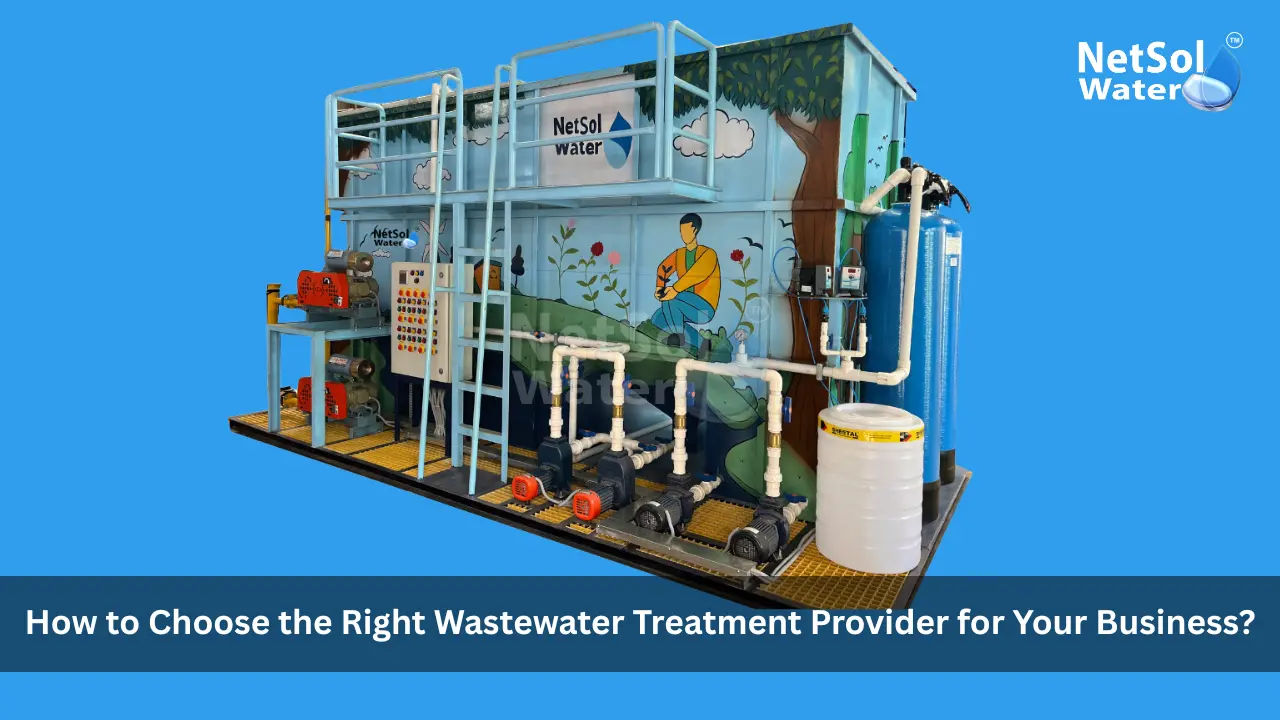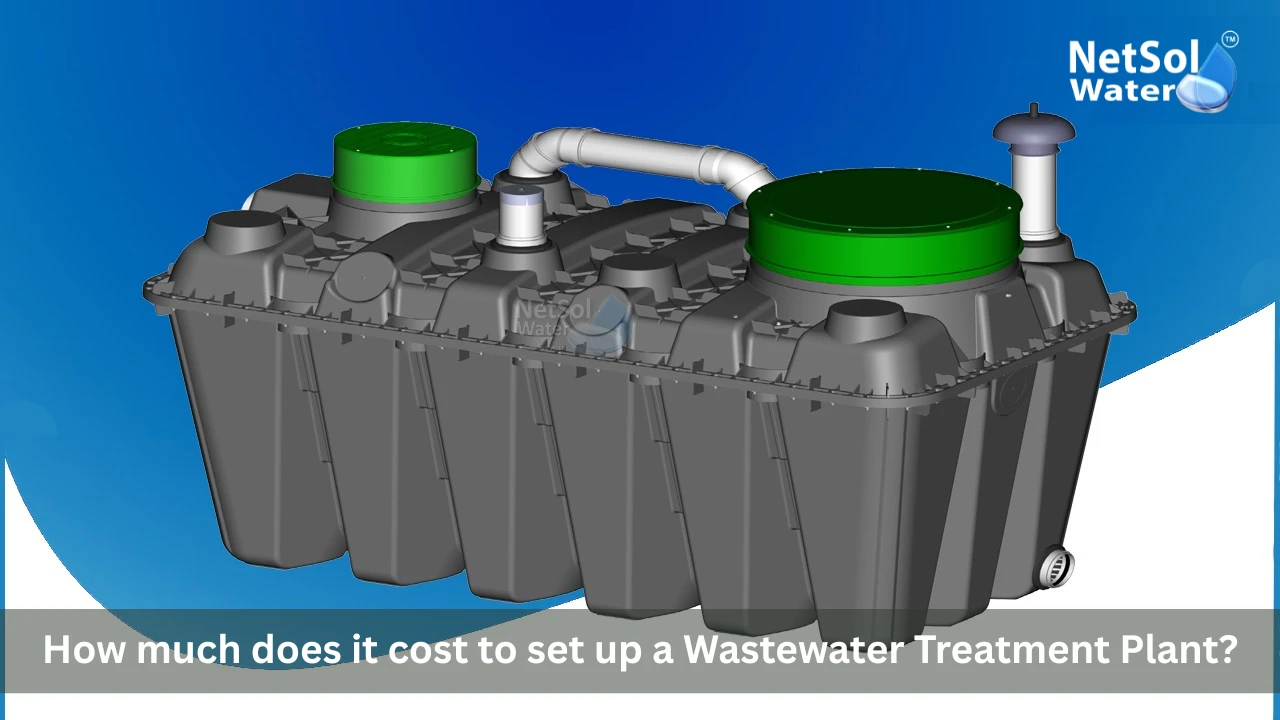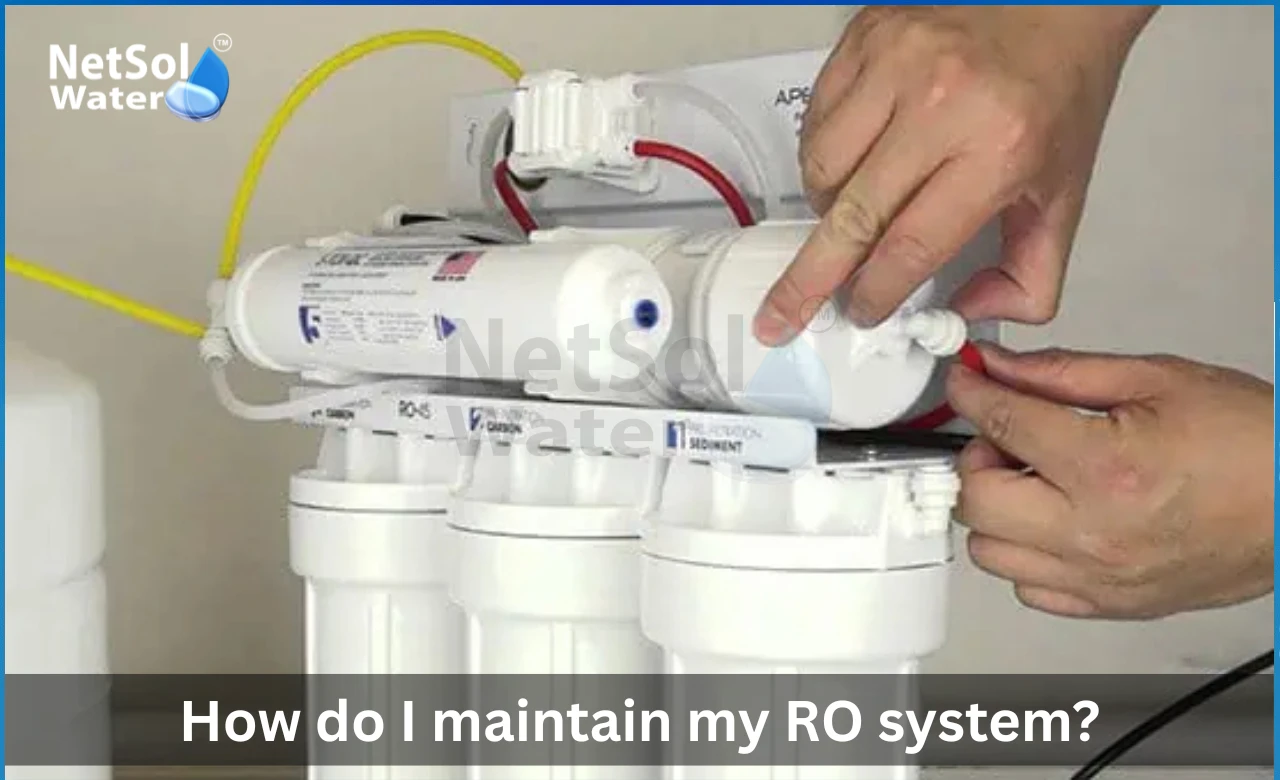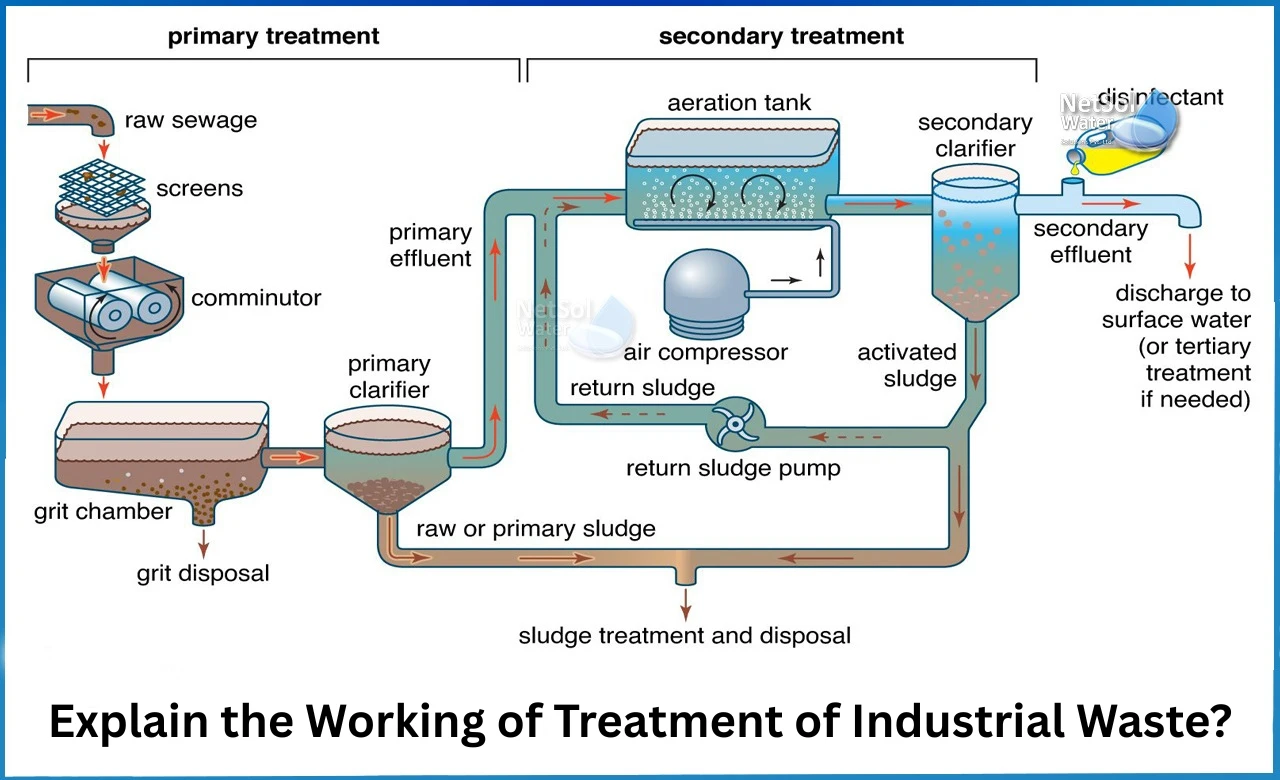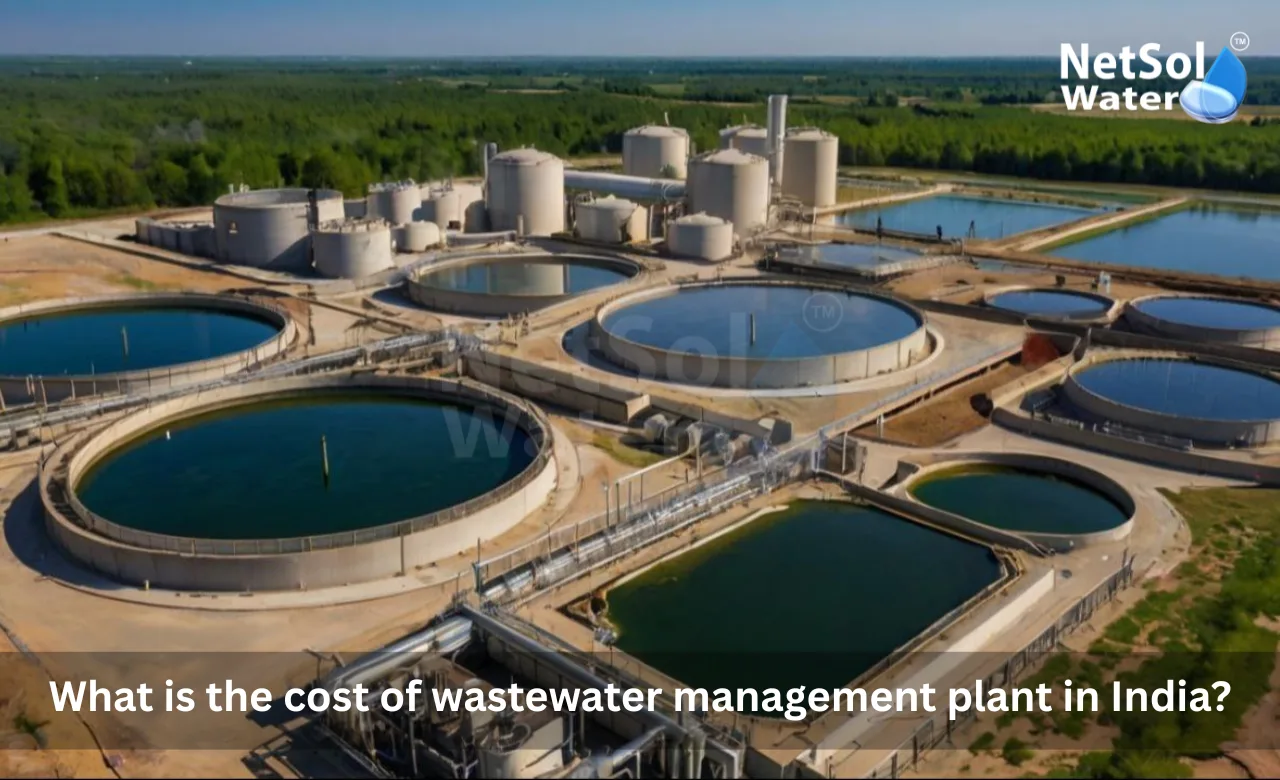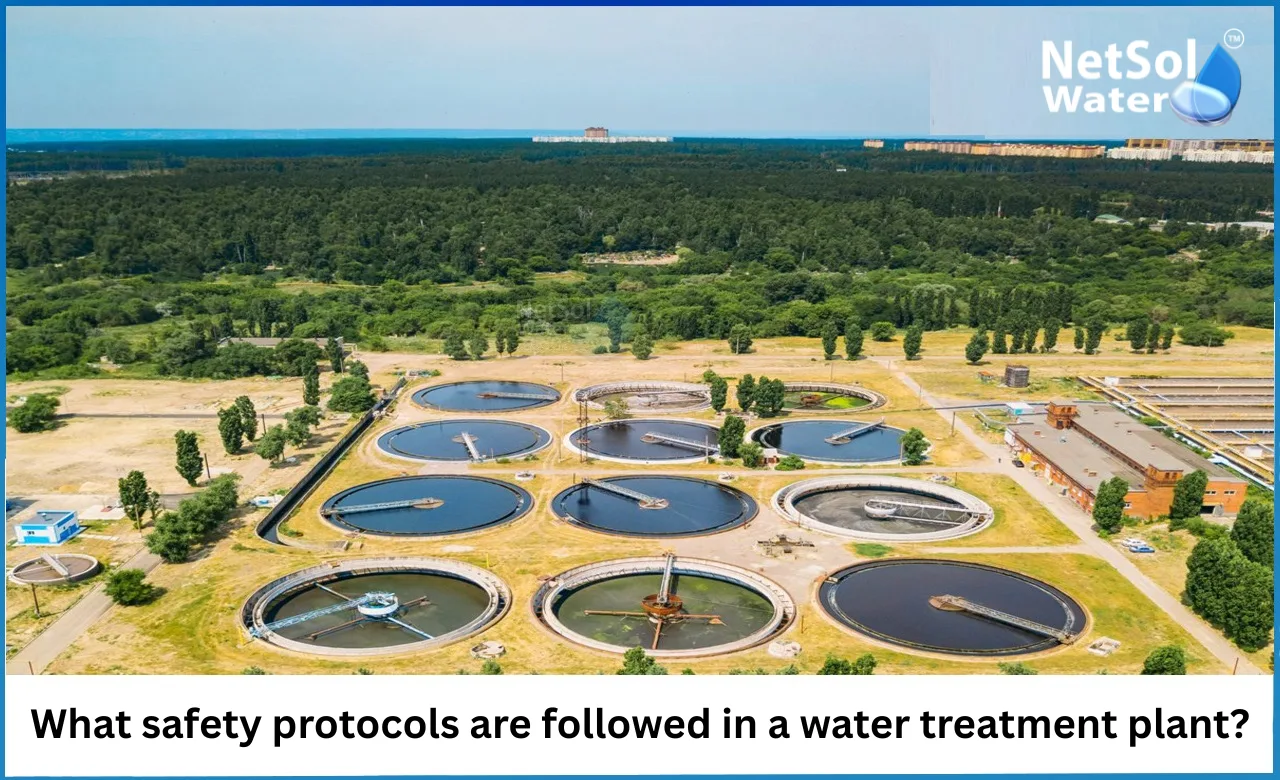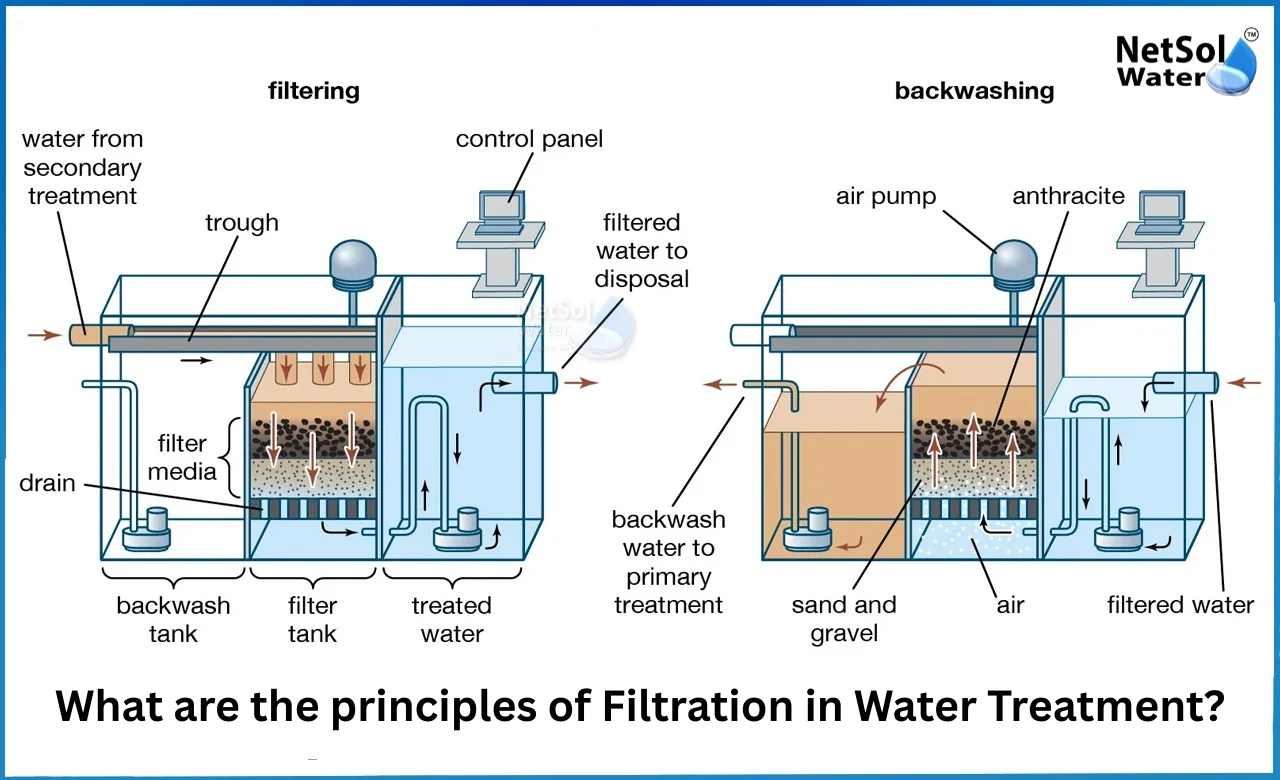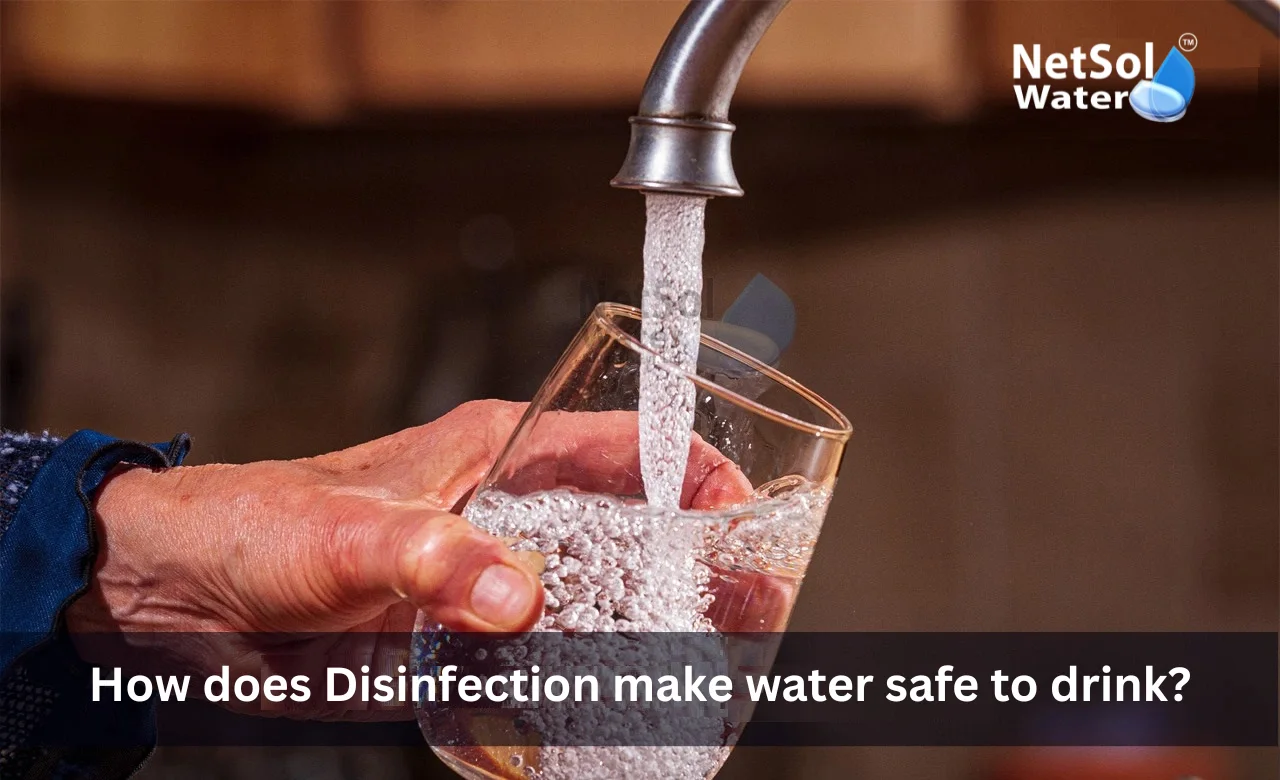How to Choose the Right Wastewater Treatment Provider for Your Business?
Noida has many factories and service firms that need reliable water care. Netsol Water is the leading wastewater treatment plant provider in Noida and the firm often works with clients across nearby regions. We will explain how to pick a strong provider. You must choose your provider with care because the right choice supports smooth operations and long term growth. Every business needs a system that treats waste safely and meets local rules without delay. A good provider guides you at each step and helps you avoid future issues through clear planning and steady support.
Experience and Technical Capability
Choosing a provider with real experience makes a big difference when your project begins. Providers who know local needs and rules can design plants that work without repeated changes. Let us have a look on some issues to check.
Track Record and References
Look for firms that show past projects that match your industry and capacity. Ask for contact details of past clients and visit a few sites if you can. A visit lets you see how the system runs each day. Talk to the plant staff to learn about uptime and common repairs. A provider that shares clear results and data shows confidence in their work. Check the timeline of each past project to see if the firm met deadlines. Check if the firm handles installations that match your wastewater volume and pollutant levels. A good provider will explain how they solved problems for other clients and how they adjusted their designs when conditions changed. This insight helps you predict how they will handle your project.
Technology and Design Expertise
Good design starts with a clear survey of your waste stream and site layout. Providers must test samples and then propose systems that match your waste profile. Systems for organic waste differ from systems for heavy metals. Design choices affect energy use operating cost and footprint on your site. Ask how a provider sizes tanks and selects aeration and filtration methods. Request drawings that show placement of pumps valves and control panels. Providers that use proven and simple methods reduce the risk of repeated field changes. Also ask about their in house design team and their experience with automation and sensors. A provider who can explain trade offs and future expansion options helps you plan for growth. Make sure the design includes easy access for cleaning and maintenance tasks.
Service Support and Compliance
After a plant starts running you will need steady support and proof of legal compliance. Let us have a look on some key service and compliance items you must confirm.
Maintenance and After Sales Support
A provider should offer clear maintenance plans and spare part support. Ask if they provide training for your operators. Training helps your team run the plant safely and spot early faults. Check if the firm offers periodic inspections and remote monitoring. Remote data lets the provider spot issues before they grow. Also confirm response times for call outs and the cost model for spare parts. A contract that covers critical parts and labour helps you avoid surprise bills. Demand a list of regular tasks and intervals so your internal team knows what to expect. Good providers also offer simple manuals and check lists for daily checks. These steps reduce downtime and keep treatment running as designed.
Regulatory Compliance and Testing
Your plant must meet local discharge rules and obtain clearances from authorities. Ask the provider to handle permits and to show test reports from past projects. Regular sampling and lab reports prove compliance and help you avoid fines. Check how the provider collects samples and who does the lab work. Independent testing gives extra assurance. Also ask about sludge handling and safe disposal options. A provider who plans for disposal shows they think beyond the main tanks. Make sure the provider can prepare reports that match the format required by regulators. Clear documentation saves time during inspections and shows your company follows safe practices.
Read some interesting information for the Sewage Treatment Plant Manufacturer in Faridabad
Conclusion
A strong choice for your wastewater work combines real project experience, design skill and steady service. Netsol Water has experience in Noida and nearby regions and can guide you from survey to handover. Choose a partner that shows clear references offers solid maintenance and knows how to meet local rules. If you plan a new Wastewater Treatment Plant or need to upgrade an existing one contact a provider to request a site survey and a detailed quote. Get in touch to discuss your needs and to arrange a consultation that fits your schedule.
Contact Netsol Water at:
Phone: +91-9650608473
Email: enquiry@netsolwater.com

